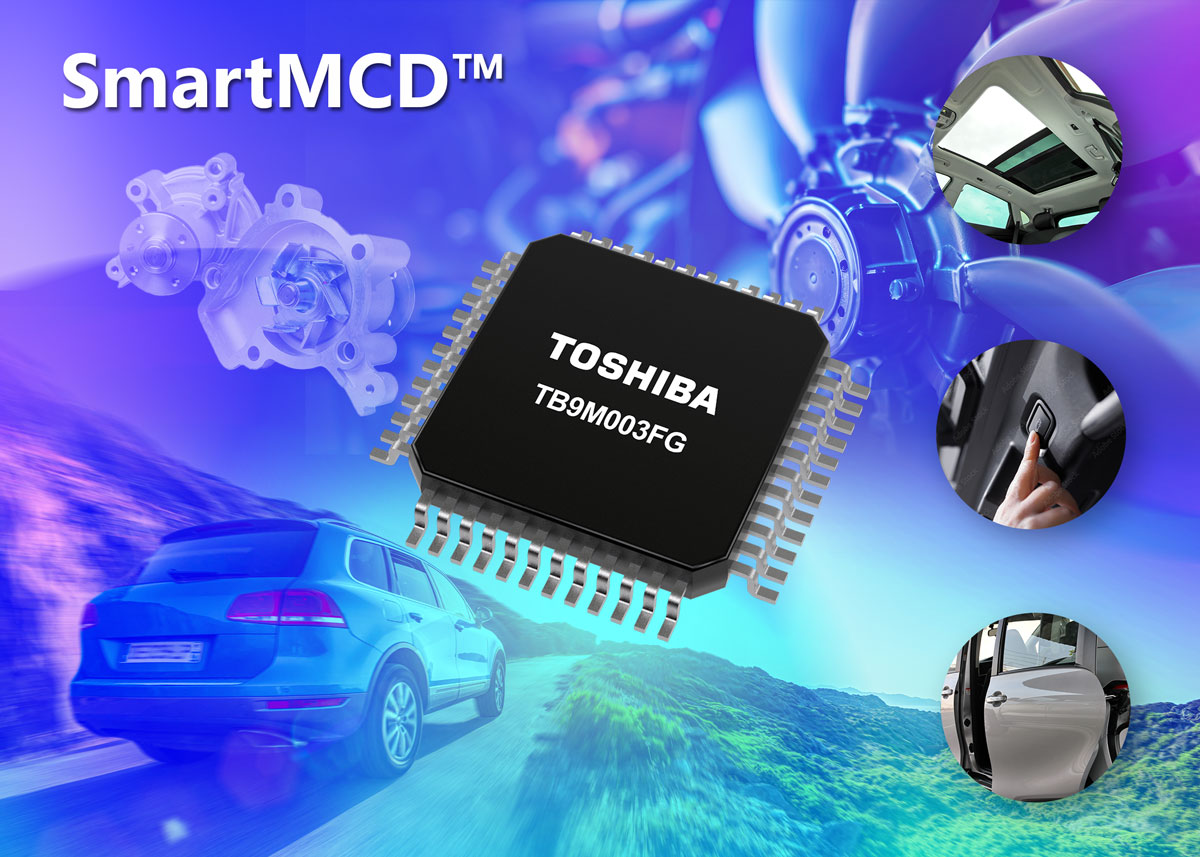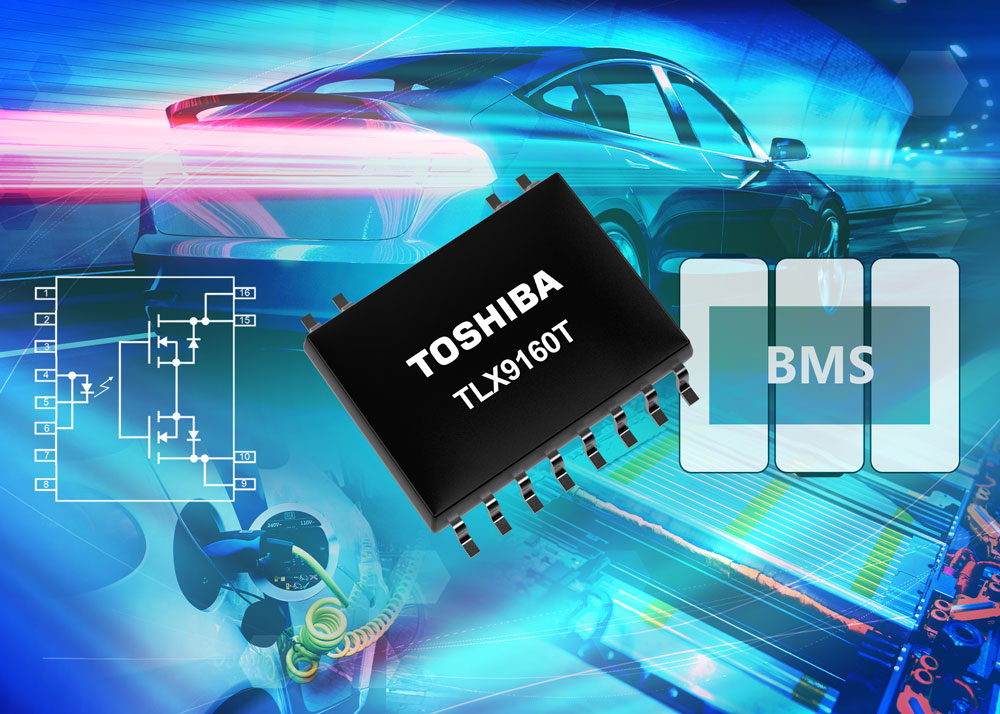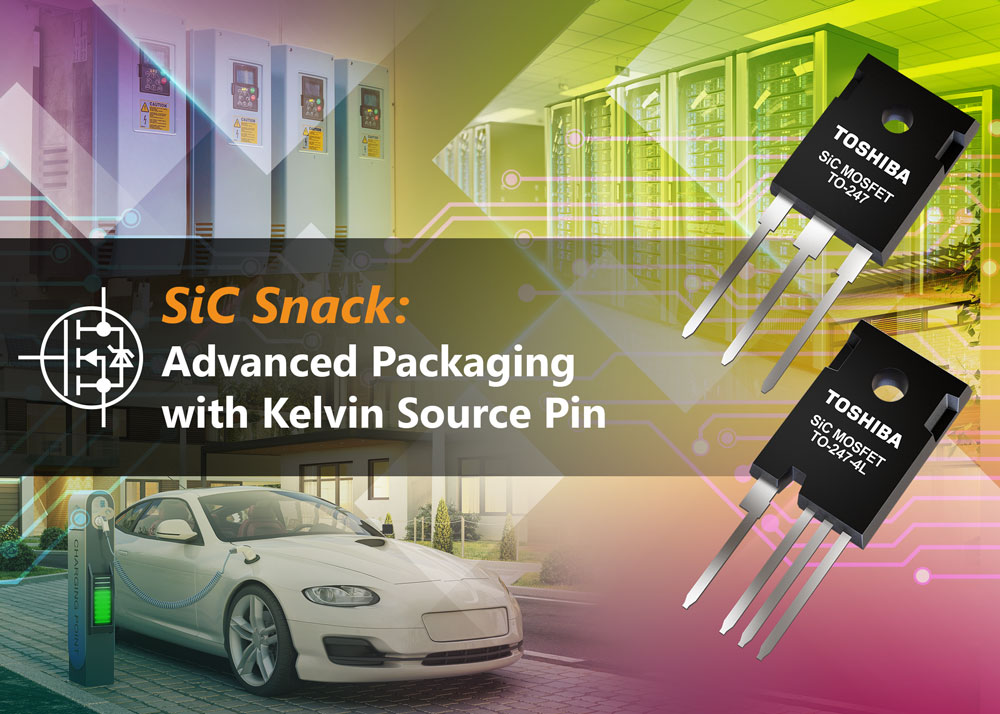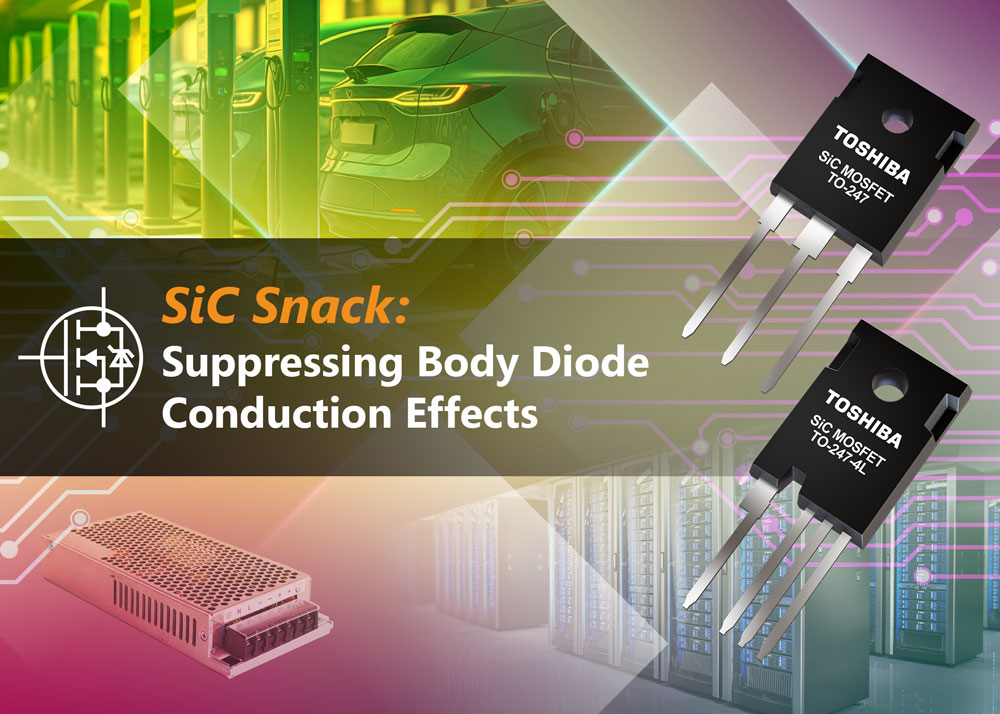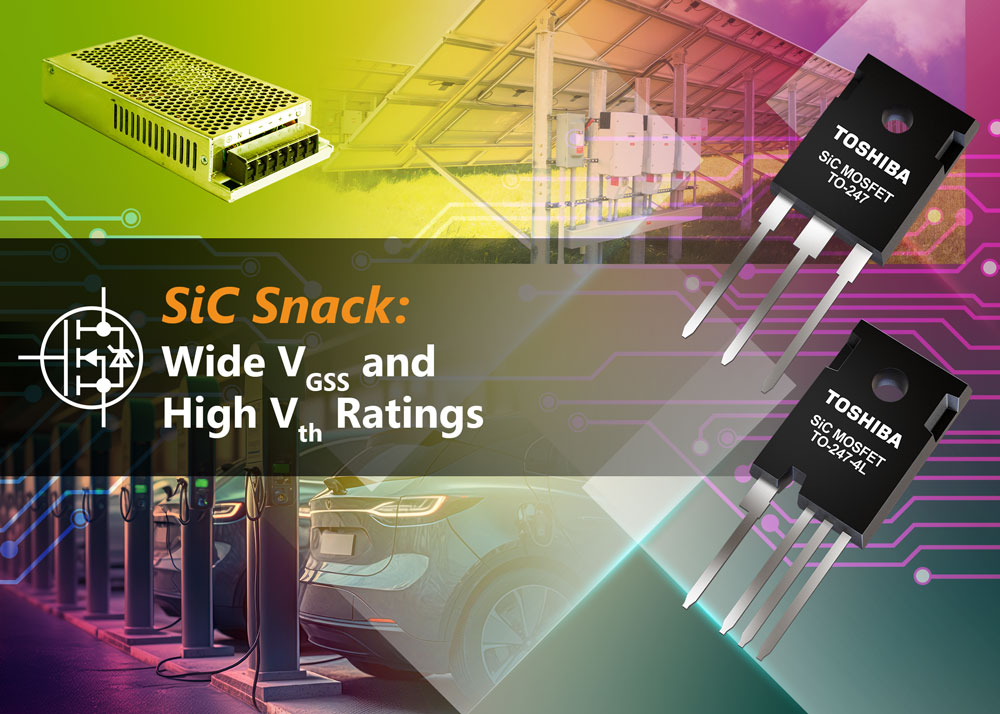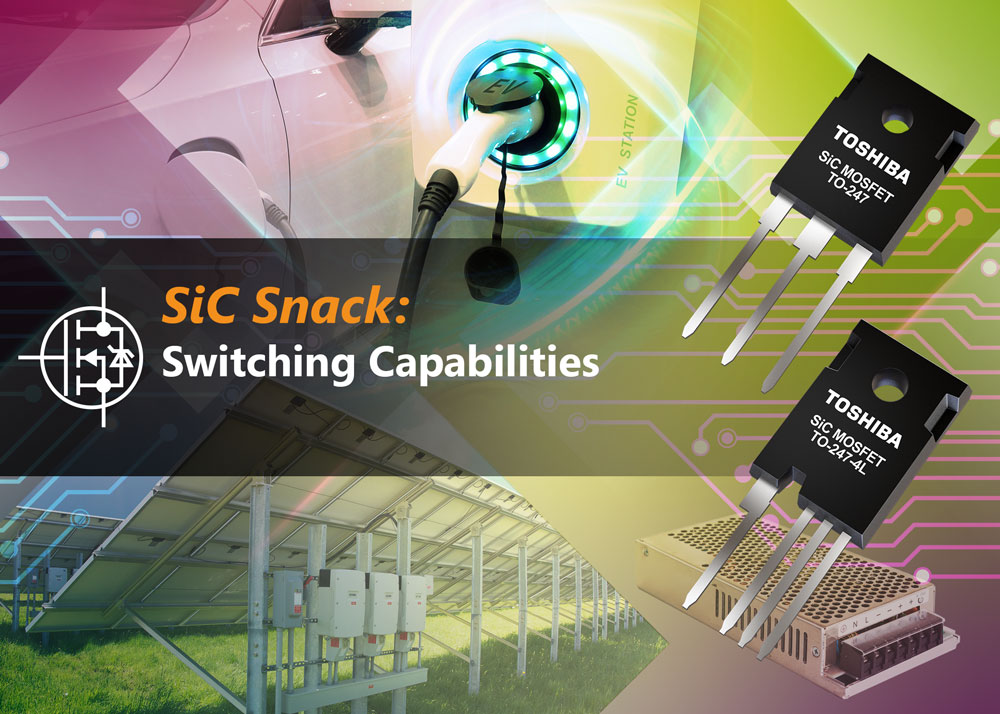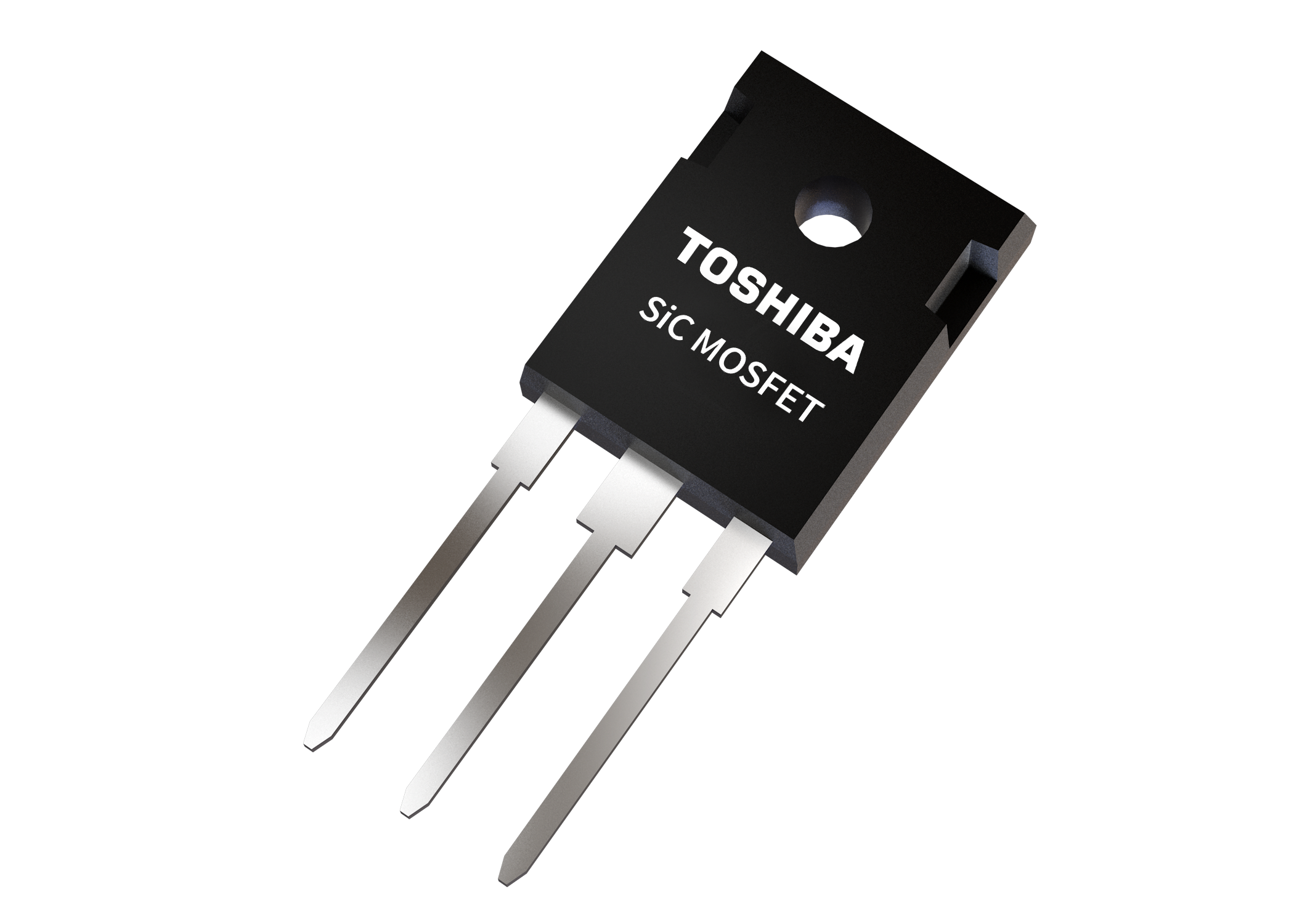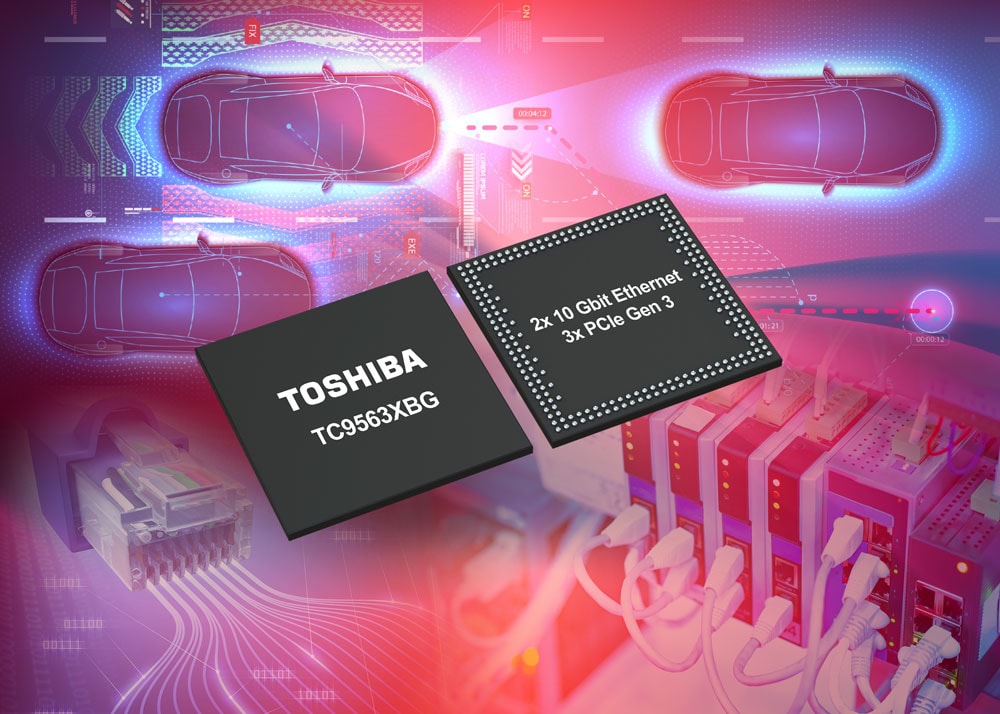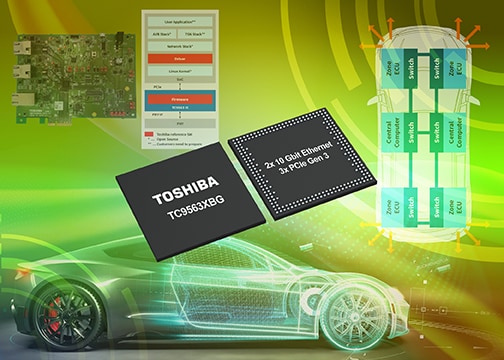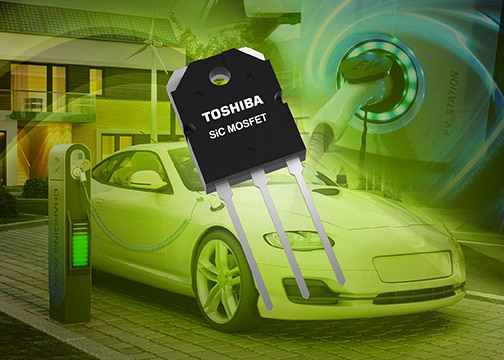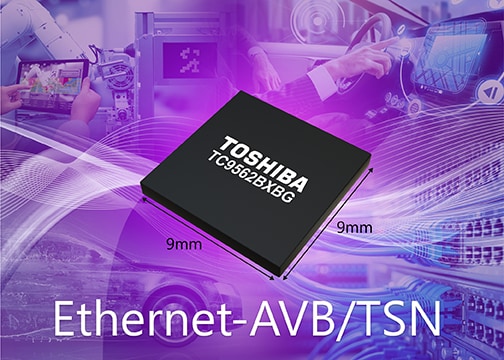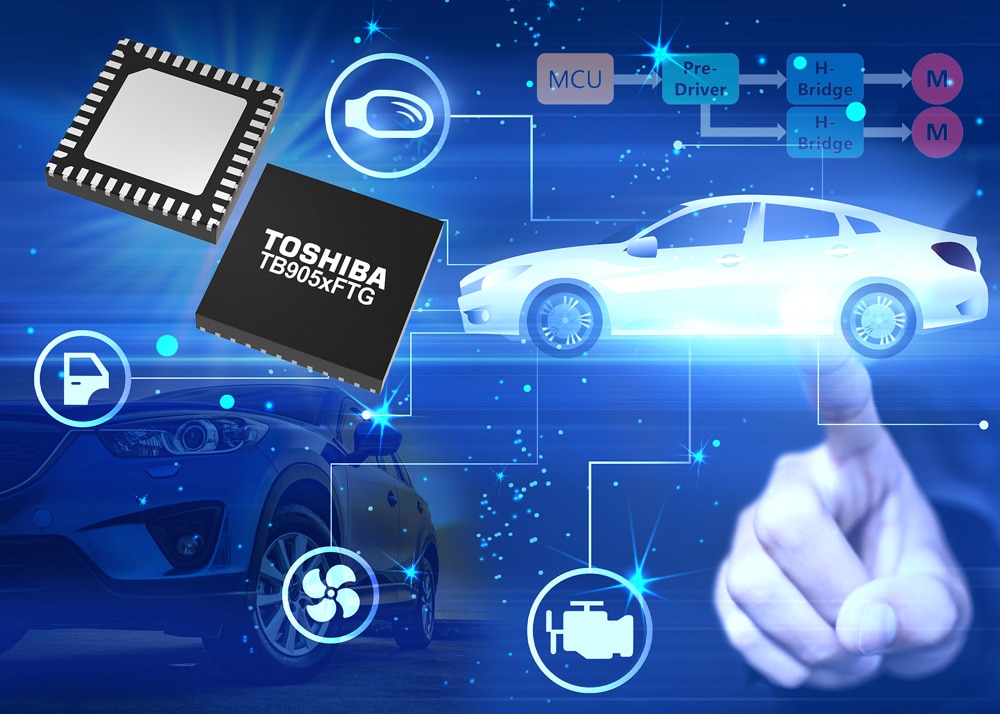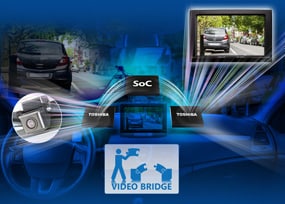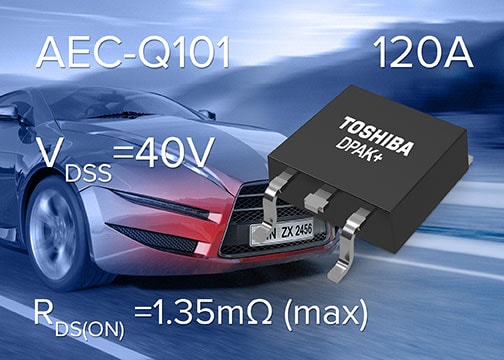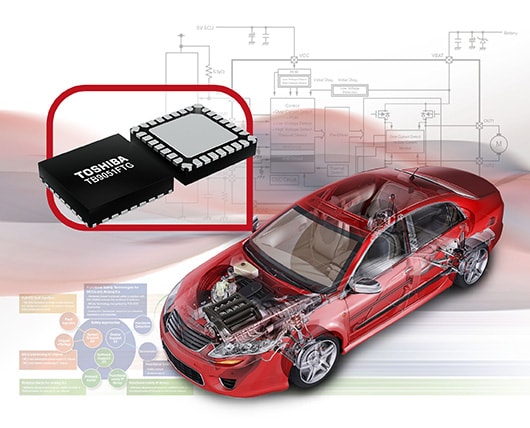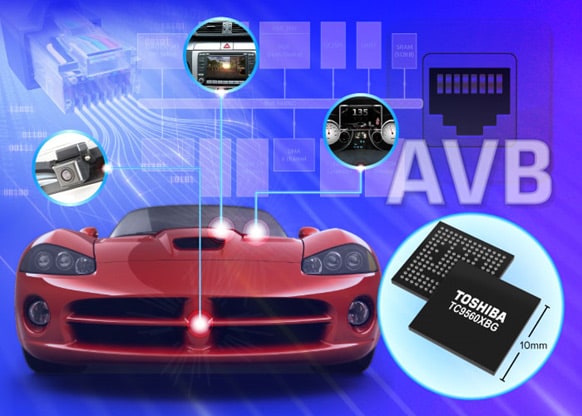- General Top
- SEMICONDUCTOR
- STORAGE
- COMPANY
-
My ToshibaSemicon
- Semiconductor Top
-
ApplicationsAutomotive
Body Electronics
xEV
In-Vehicle Infotainment
Advanced Driver-Assistance Systems (ADAS)
Chassis
IndustrialInfrastructure
BEMS/HEMS
Factory Automation
Commercial Equipment
Consumer/PersonalIoT Equipment
Healthcare
Wearable Device
Mobile
Computer Peripherals
-
ProductsAutomotive Devices
Discrete Semiconductor
Diodes
Transistors
Logic ICs
Analog Devices
Digital Devices
Wireless Devices
※
: Products list (parametric search)
Power SemiconductorsSiC Power Devices
※
: Products list (parametric search)
Isolators/Solid State RelaysPhotocouplers
Digital Isolators
Solid State Relays
Fiber Optic Transmitting Modules
※
: Products list (parametric search)
MOSFETsIGBTs/IEGTsBipolar Transistors※
: Products list (parametric search)
Diodes※
: Products list (parametric search)
MicrocontrollersMotor Driver ICsIntelligent Power ICs※
: Products list (parametric search)
Power Management ICsLinear ICs※
: Products list (parametric search)
General Purpose Logic ICsLinear Image SensorsOther Product ICsOther Product ICs
※
: Products list (parametric search)
-
Design & Development
Design & Development
Innovation Centre
At the Toshiba Innovation Centre we constantly strive to inspire you with our technologies and solutions. Discover how to place us at the heart of your innovations.
-
Knowledge
Knowledge
Highlighted Topics
Further Materials
Other
- Where To Buy
- Part Number & Keyword Search
- Cross Reference Search
- Parametric Search
- Stock Check & Purchase
This webpage doesn't work with Internet Explorer. Please use the latest version of Google Chrome, Microsoft Edge, Mozilla Firefox or Safari.
require 3 characters or more. Search for multiple part numbers fromhere.
The information presented in this cross reference is based on TOSHIBA's selection criteria and should be treated as a suggestion only. Please carefully review the latest versions of all relevant information on the TOSHIBA products, including without limitation data sheets and validate all operating parameters of the TOSHIBA products to ensure that the suggested TOSHIBA products are truly compatible with your design and application.Please note that this cross reference is based on TOSHIBA's estimate of compatibility with other manufacturers' products, based on other manufacturers' published data, at the time the data was collected.TOSHIBA is not responsible for any incorrect or incomplete information. Information is subject to change at any time without notice.
require 3 characters or more.
Migration to Automotive Ethernet and the Opportunity to Enhance In-Vehicle Audio
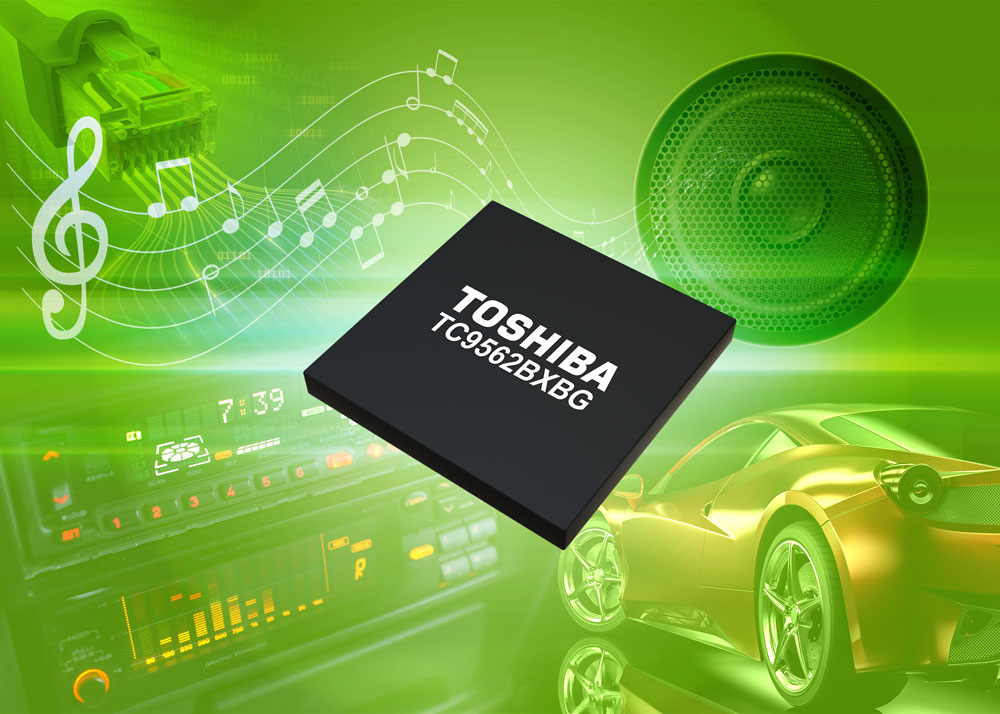
While in the past there have been a variety of different data transport technologies that cars have relied upon (most notably the combination of CAN and LIN, with others like FlexRay and MOST also being utilised), there is growing impetus for in-vehicle network infrastructure to be consolidated.
The move to an all-encompassing networking technology will mean that outdated domain-based architectures can be replaced by more operationally effective zonal ones.
Through the advent of Automotive Ethernet, car manufacturers are now to rely on a unified networking platform, which is capable of supporting the markedly higher data rates that next generation automotive functions are going to mandate. One of the key aspects that needs to be addressed, as the uptake of Ethernet-based networking starts to become more commonplace in modern automobile models, is how to deal with latency. Take the vehicle’s audio systems - these have moved on from the days when there was just a rudimentary radio accompanied by two speakers. Now there are individual sound zones assigned to each vehicle occupant. Rather than a central amplifier powering all the speakers, there is a separate amplifier associated with each of them, with digitised audio packets being transported to these.
It is via audio video bridging (AVB) that latency determinism has been brought to Automotive Ethernet infrastructure. This allows the quality of service (QoS) provided by in-vehicle audio systems to be maintained. Incorporation of AVB into Ethernet-based automotive networks will ensure that the highest levels of user experience are maintained. Through mechanisms like time synchronisation and stream reservation, it is possible for the multimedia nodes on the network to all be kept running on the same time base. The audio streams emanating from them will thus be synced up with one another.
Aimed predominantly at infotainment audio deployments, the TC9562 supports the AVB protocols (namely IEEE 802.1AS and IEEE 802.1Qav) and even TSN. Through use of this advanced interfacing and its implemented audio hardware, such as an integrated audio-PLL with Media-Clock recovery system, the multimedia nodes in the car’s network can all work together for an Ethernet-based audio system.
A whitepaper on the implementation of AVB for superior in-vehicle audio has been produced by Toshiba. You can download itbelow:


